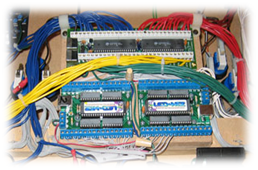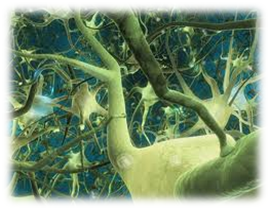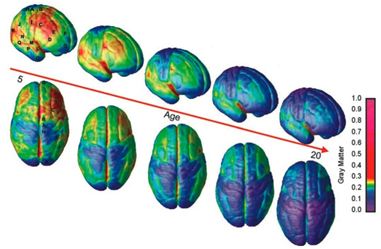PARENTING MATTERS: The Brain & Early Life Experiences
Have you noticed posters on the school walls that look like the one above? Have you thought about what this means? What does it tell you about the role you play in your children’s brain development?
Your child’s brain is “molded” by the social environment and the experiences he/she encounters! You are the “potter” that shapes their brain. The experiences you give your children can affect the way their brains grow and change.
Who is part of the children’s social environment? You are the first circle of influence that provides the foundation that will affect how they think, learn and behave for the rest of their life. Experiences such as the loving care you provided them as babies, family dinners, reading to them, trips to the grocery stores, picnics in the park, going to the playground, the zoo, carnivals and fairs, taking them swimming, all help children’s brain to grow. Your child’s brain is also changed by extended family members, friends, teachers, other adults, the school, the neighborhood and the community.
So how does this happen? Brain development starts in the womb. The baby’s brain begins forming three weeks after conception when the basic architecture of the brain is being laid down. Brain development depends on both the traits we are born with (nature), and what we experience (nurture). Genes are responsible for the basic wiring plan—for forming all of the cells and general connections between different brain regions. Experiences throughout life are responsible for fine tuning the connections. Think about wiring a phone network – the genes would specify the number of phones and the major trunk lines connecting one relay station to the next. Experience would specify the finer branches of this network-the connections between the relay station and each person’s home or office. Although all of the neurons in the cortex are produced before birth, they are poorly connected.

As shown above, the brain is 25% of its’ adult weight and 15% complete at birth. The lower portions of the brain (the brain stem and spinal cord) are well developed, controlling the newborn’s behavior: kicking, grasping, crying, sleeping, rooting, and feeding. 85% of brain development happens after children are born over a period of time. The outside world is experienced by your children through their senses – seeing, hearing, smelling, touching and tasting. By age 3, the brain has grown dramatically by producing hundreds of trillions of connections, or synapses, between these cells.
“Growing” your child’s brain is your work every day! Just as an electrical engineer wires an electrical circuit board (as shown in the photo to the right) , you have the perfect chance to “wire” your child’s brain and make a significant difference in your child’s development.

So your “other” job is as an “electrician”! 100 billion brain cells called “neurons” (as shown in the photo to the left) have to be connected. Exposure to lots of different and good experiences wires their brain. What children experience, including how their parents respond to them, shapes their development as they adapt to the world. Young children’s brains are more open to learning and to enriching influences!

Shown below are time lapse MRI scans of the developing brain from age 5 to 20 ( Gogtay et al., Dynamic Mapping of Human Cortical Development During Childhood Through Early Adulthood, Proceedings of the National Academy of Sciences, 2004).

Parents need to:
- Have a relationship with your child. This is the foundation of their development.
- Provide opportunities for lots of experiences!
- Talk and listen to your child. Build your child’s memories by talking about the experiences! Language is fundamental to cognitive development. Infants and children who are “talked” to, read to, and engaged in lots of verbal interactionare more advanced in their language skills.
- Provide opportunities for your children toexpress themselves though play, art andstorytelling
Remember that early life experiences determine brain structure shaping the way we think, learn and behave the rest of our life. These experiences enable the brain to create and modify the connections between nerve cells.
Click here to view the PDF version.


